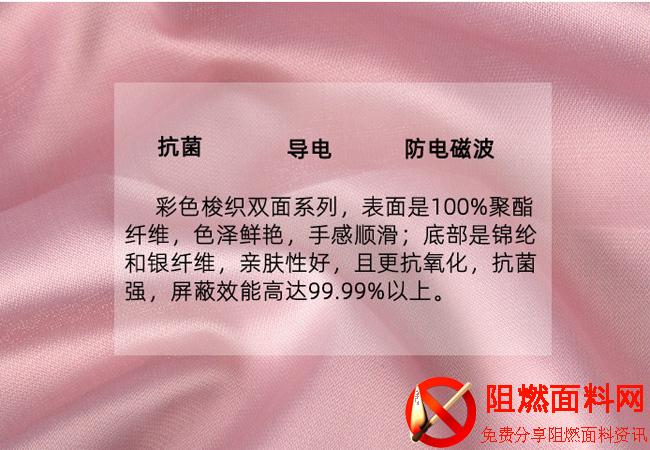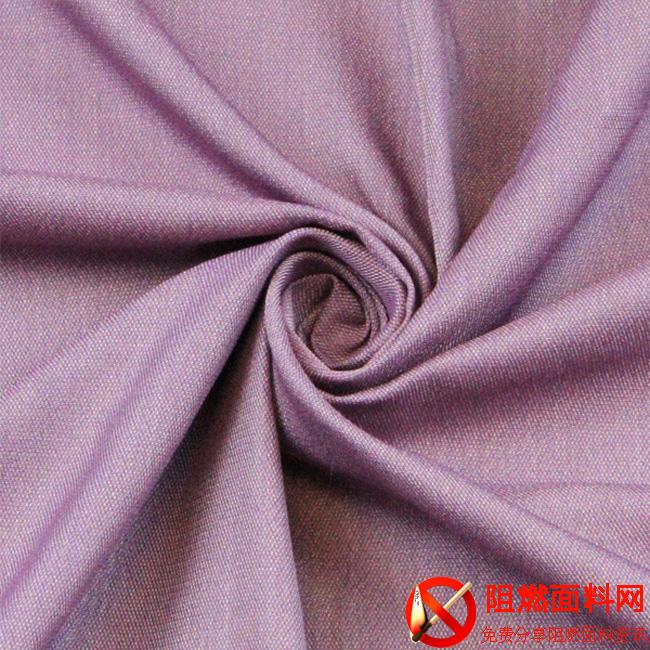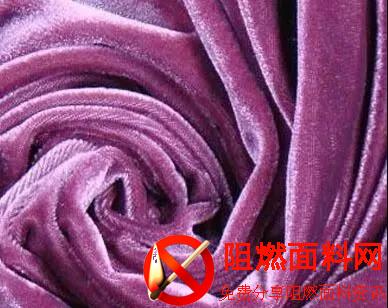Flame retardant antistatic underwear
Flame retardant and antistaticunderwear
PART
Flame retardant antistatic underwear
Methylene fiber flame retardant and antistatic underwear is an intrinsically flame retardant, highly efficient warm and antibacterial underwear developed by researchers based on the characteristics of methyl fiber fiber and the needs of special protection fields such as fire protection. The underwear is made of liquid-dyed polyimide fiber, flame-retardant viscose, flame-retardant acrylic and other materials. It has excellent flame-retardant properties. It will only carbonize when exposed to open flames. It will self-extinguish without continuing to burn when removed from the fire. There will be no melting and dripping, making it compatible with firefighters. The combination of fire-fighting protective clothing protects the personal safety of firefighters from the inside out and prevents secondary injuries caused by underwear melting due to high temperatures. This underwear has excellent thermal insulation performance. Compared with traditional cotton and wool underwear, the thermal insulation performance is more outstanding. It is especially suitable for keeping warm in cold areas and effectively reduces weight. After 25 washes, the antibacterial performance of the underwear has almost no decay, and the antibacterial rate against Staphylococcus aureus, Escherichia coli, and Candida albicans is still greater than 90%. The “Polyimide Fiber Color Construction and Series Product Development” project on which the product is based passed the appraisal of the China Textile Industry Federation on July 6, 2022, and all technical indicators are at the internationally advanced level.
2. Main innovation points of the project
(1) By introducing the slip drafting method into air-jet vortex spinning, independently transforming the air-jet vortex spinning covered yarn production equipment, it has broken through the 51mm medium-length flame-retardant fiber air-jet vortex covered spinning technology.
(2) Through the independently developed anti-entanglement reagent for vortex spinning and the three-channel mixing feeding technology, the spinnability and coating effect of high-speed vortex spinning of medium-length aramid fibers are improved.
(3) Through the design and development of special-shaped knitting circular knitting cams, the knitting and forming of vortex-spun flame-retardant conductive yarns with high stiffness and low elasticity was realized, and reasonable solvents and light-fast finishing agents were selected to improve the dyeing performance and light-fastness of the fabric.
Viscose fiber

Part.1
1. Ordinary viscose fiber:
(1) The cut length of viscose cotton type short fiber is 35~40mm, the fineness is 1.1~2.8dtex (1.0~2.5 denier) and blended with cotton to make fine cloth, validin, gabardine, etc.
(2) Viscose wool type short fiber, cut length 51~76mm, fineness 3.3~6.6dtex (3.0~6.0 denier), can be spun purely or blended with wool, and can be made into tweed, coats, etc.
2. Rich and strong fiber:
(1) It is an improved variety of viscose fiber.
(2) Pure spinning can be used to make fine cloth, poplin, etc.
(3) Blended with cotton, polyester, etc. to produce various clothing.
(4) It has good alkali resistance, and the woven fabric is stiff and will not shrink or deform after washing. It is relatively durable.
3. Viscose yarn:
(1) Can be used for clothing, quilt covers, bedding and decorations.
(2) Viscose yarn and cotton yarn are interlaced to make feather yarn and thread quilt top.
(3) Viscose silk and silk are interwoven to make georgette, brocade, etc.
(4) Viscose threads are interwoven with polyester and brocade filaments to make crystal satin, antique satin, etc.
4. Viscose strong yarn:
(1) The strength is twice as high as ordinary viscose yarn.
(2) Twisted and woven into cord fabric, used for automobile, tractor and carriage tires.

polyester fiber
Part.2
1. Short fiber:
It can be spun purely, but is usually blended with cotton, wool, viscose and other fibers to improve its wearing properties.
(1) Cotton fiber
1.65~2.2dtex(1.5~2.0D)×35~40mm
Mainly polyester-cotton blends, with a blending ratio of 65% to 67% polyester and 35% to 33% cotton. It can also be blended in other proportions.
High strength and low elongation type:
High strength, small elongation, good spinnability of cotton, high quality index of spun yarn, crisp, smooth and good shape retention of the fabric. It is mainly used for blending with cotton. Depending on the specifications, it can be spun into various light and smooth clothing materials. , high-strength knitting yarn, sewing thread, etc.
Low strength and high stretch type:
The fabric has good dyeability, soft hand feel, abrasion resistance, impact resistance, not easy to pilling, good wearing performance, but low strength and many yarn breakages. It is mainly used for blending with wool and viscose.
(2) Medium and long type
2.2~3.3dtex(2~3D)×51~76mm
It is mainly used for blending with wool-type viscose fiber. The blending ratio is roughly the same as the cotton-polyester blending ratio. In order to reduce the price of finished products and fabrics, viscose fiber can be increased to 50%. Fabrics used for sewing outerwear, casual clothes, shirts, skirts, sportswear, etc.
(3) Hair type
2.75~4.4dtex(2.5~4D)×35~40mm
Mainly used for blending with wool. The blending ratio is: polyester 45%~55%, wool 55%~45%. The fabric is mainly used for sewing outerwear. In addition to the above uses, polyester short fiber can also be combined with other natural fibers and natural fibers. Blended with scraps and other fibers, it can also be blended with two other fibers to prepare a three-in-one fabric. With the development of new varieties, some of the shortcomings of polyester are being improved and its uses are broader.
2. Filament
Including pre-oriented yarn (POY) and drawn yarn (DTY), they are mainly used to process into low-elastic yarn for weaving, and can also be directly woven or knitted.Textile processing
(1) Conventional silk
110~165dtex (100~150D) or above, suitable for making all kinds of wool-like fabrics and other medium-thick clothes
78.4~82.5dtex (68~75D) Suitable for general clothing
33~55dtex (30~50D) Suitable for making various thin imitation silk fabrics, underwear materials, quilt tops, decorative fabrics, etc.
(2) Special-shaped wire
The cross-section of the silk is different from the conventional circular cross-section. There is a triangular cross-section with sufficient mercerization, which is suitable for making various imitation silk fabrics; the multi-leaf cross-section has good covering properties, the fabric is soft, elastic, and has a strong sense of wool shape, so it is suitable for processing wool-like products; Hollow-shaped cross-section fibers are light, soft, have good thermal insulation properties and good resilience. They can be used to imitate down and be used as batting, batting, pillow cores, etc.
(3) Air textured yarn
The individual filaments are entangled with each other, forming a textured yarn with small loops of filaments on the surface of the yarn. This yarn not only retains the advantages of polyester such as high strength, good wear resistance, crisp fabric, easy washing and quick drying, but also overcomes the shortcomings of polyester low elasticity such as aurora, waxy feel and poor air permeability that cannot be overcome. It can be woven and knitted directly, eliminating the need for curling, cutting, packaging, and then sending to the textile factory for multiple processes such as blow cleaning, steel wire, drawing, roving, and spun yarn. The fabric produced can rival fine yarn in terms of comfort, silk-like appearance, bulkiness and covering performance. Fabrics made of imitation wool not only feel and look like pure wool fabrics, but are also of high quality and low price.
(4) Network silk (starch-free silk)
The cohesion between the monofilaments is high and the bundling properties are good. It can be directly woven or knitted, eliminating the need for twisting, sizing and other processes. Depending on the fabric, silk, Paris, gabardine, patterned tweed, etc. can be woven.
(5) Mixed fiber yarn (colorful yarn)
Utilizing the various characteristics of synthetic fibers, modified, textured, multifilament or chemical fibers with different components or different cross-sections, different shrinkage rates, and different glosses and colors are produced in the form of random, block, sheath-core, juxtaposition, etc. Plied or twisted together, the product variations are endless. According to different yarn colors, fabrics with different effects can be woven, and fabrics such as wool-like, silk-like, linen-like fabrics can be produced.
(6) Fine denier wire
Both can imitate artificial suede, and microfiber is softer. The fabric can be used as outerwear, leather shoe fabrics, etc.

(7) Colored silk
The fiber has uniform coloring, good color fastness, high product quality, low post-processing costs, and less three-waste pollution. It can be processed into various clothing products and products with good light resistance by pure spinning, mixed fiber and yarn-dyed weaving.
(8) Modified silk (mainly refers to modified polyester dyeable with cationic dyes)
It can be dyed with cationic dyes or disperse dyes at normal temperature and pressure. The product has bright color, rich tones, high color fastness, low cost, and easy-to-use piece dyeing method to achieve the effects of cross-dying, white space, and dark and light colors. It is fast and economical to change the color of the design and change the variety. With the development of new varieties, the varieties of fabrics will be continuously updated. In addition to being used in clothing, polyester filament has greater potential in decorative and industrial yarns, such as tire cords, ropes, fishing nets, conveyor belts, high-pressure oil pipelines, etc.
3. Elastic yarn
Suitable for woven and knitted jackets, underwear, sportswear and other imitation wool, linen and silk-like fabrics
Nylon fiber
Part.3
1. Short fiber
Blended with wool, acrylic fiber, viscose fiber, etc. to make various clothing products
2. Filament (including cord)
(1) Imitation silk can be used for clothing, quilt covers, and home decoration
(2) Various civilian parasols and military parachutes, etc.
(3) Industrial uses include various tire cords for aircraft, automobiles, etc., as well as fishing nets, ropes, conveyor belts, etc.
3. Elastic yarn
(1) Socks
(2) Tights
(3) Knitted stretch shirt
4. Nylon 1010 bristle yarn
Toothbrushes and various industrial brushes
Acrylic fiber
Part.4







